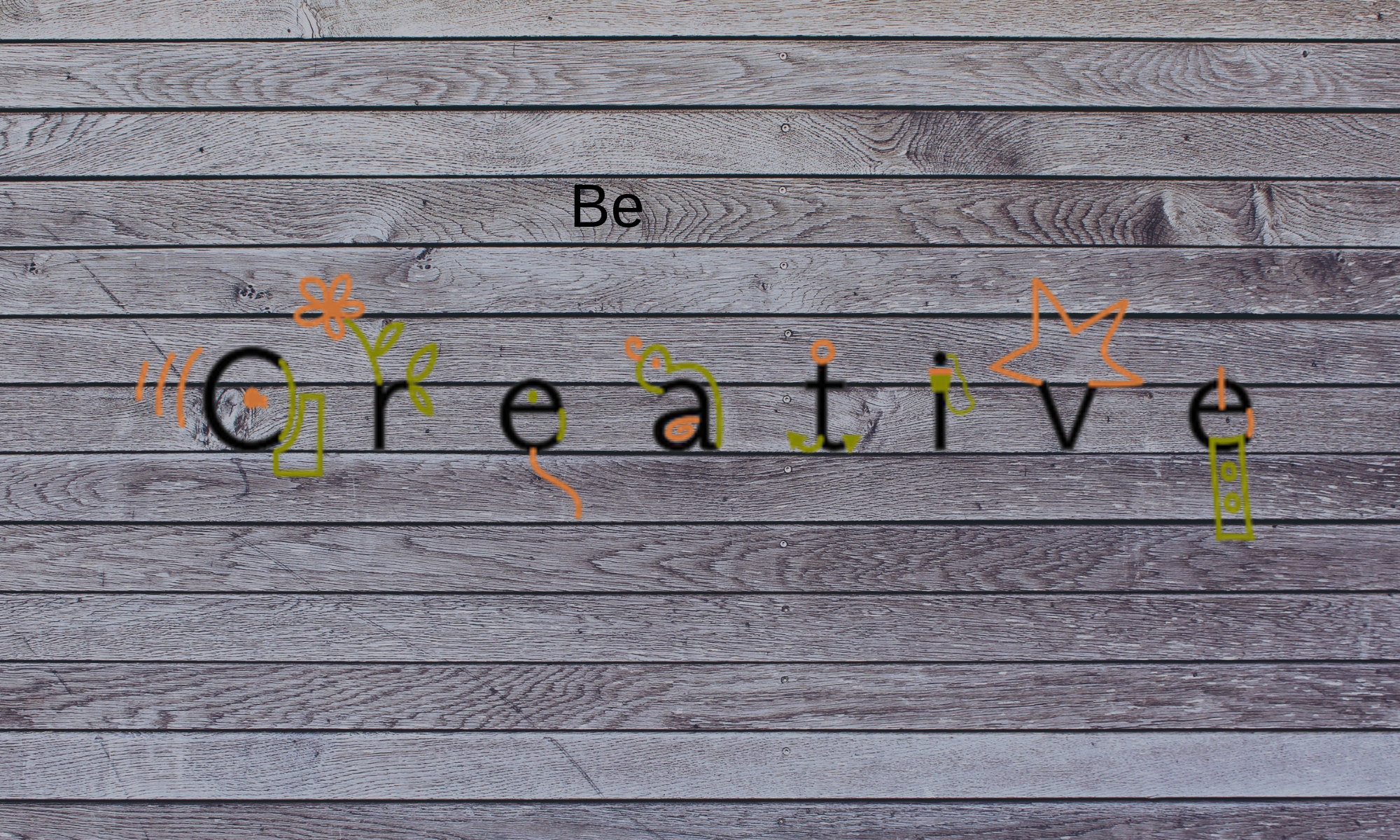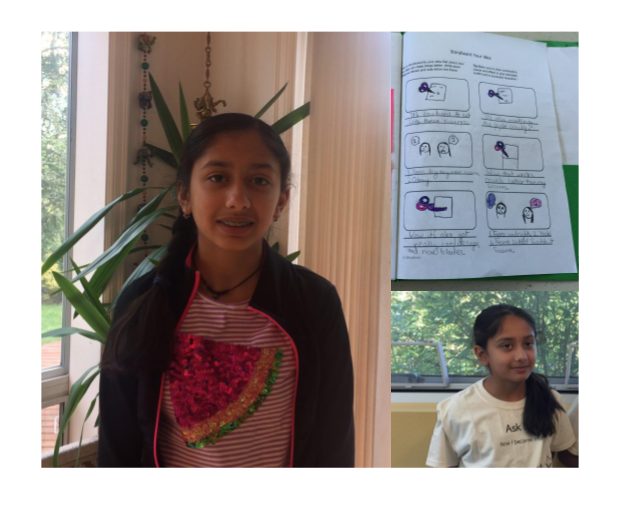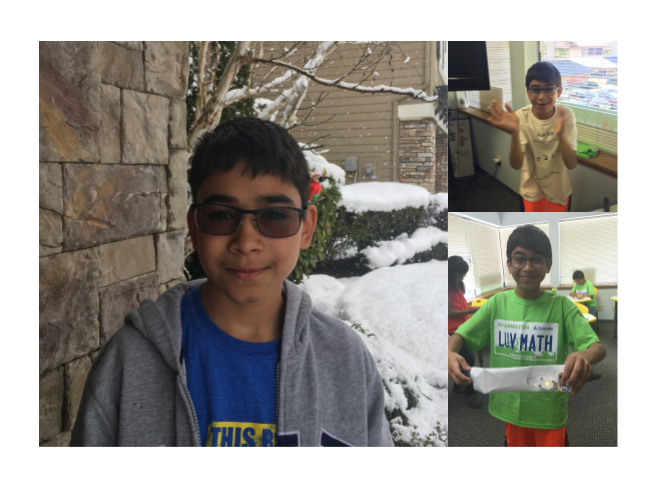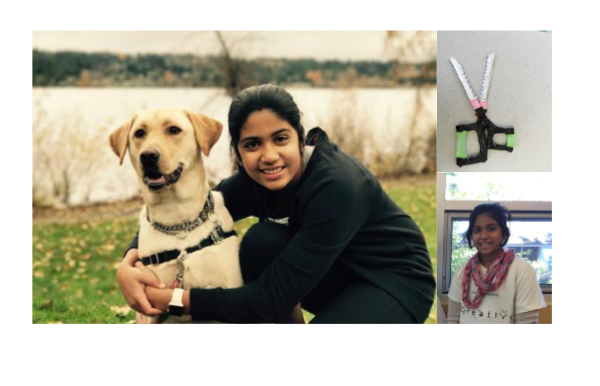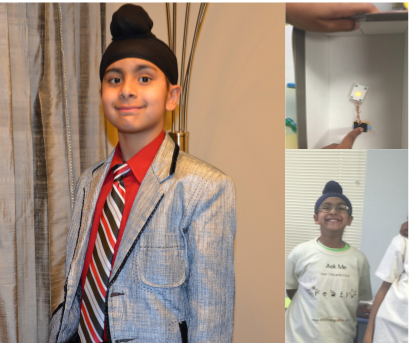Our inventor this time is Suhani Nog, whose team invented the multi-functional scissors in one of our earlier camps. The team’s invention won a national level award as part of the “Student Ideas for a Better America” competition organized by the National Museum of Education.
Here is Suhani talking about herself and her ideas.
Can you tell us a little bit about yourself?
My name is Suhani Nog and I am a 7th grader at Evergreen Middle School. My favorite subjects are math and science. Some hobbies I have are playing squash, reading, and drawing. I had a lot of fun at this summer camp learning about creativity and brainstorming.
What is your invention and how does it work?
Our invention was called the Switch-It-Scissors which was primarily made for cutting through different materials. The blades of the scissors can be swapped for a different kind of blade which is better for the task at hand.
How did you come up with the idea?
When our team was discussing ideas, one problem that came up a lot in our daily lives had to do with scissors. Whether we were cutting through cardboard, paper, or an intricate design, the same scissors could not be used. The blades were not small enough, strong enough, or sharp enough.
Did your prototype work? How was that experience?
For our prototype we cut out cardboard and covered it with felt and duct tape to resemble the blades which were attached together at the bottom making it slide apart and together. We created a couple of different blades using cardboard covered with aluminum foil. The blades could be slid into a socket at the end of the handles.
What did you learn from the summer camp?
One very important skill I learned from this camp was how to be creative and be original. The best designs are not complicated but simple. Using everyday problems, the most important inventions are the ones which can solve the problem the easiest.
What is your most fun memory from the camp?
My best memory from the camp would be all the creative acting games we played in the morning. These activities really boosted up my creativity level and allowed me to think up original solutions to problems.
What kind of problems do you want to solve when you grow up?
When I grow up, I am thinking about going into biology which is a field of science which I really enjoy. When I grow up , I am going to solve problems to make others’ lives better in the future. In this field, problem solving and creativity will really come into play.
What will you be using your prize money for?
I will use my prize money to buy more resources to continue my love of science and math.
Congratulations to Suhani for her great work! We look forward to seeing you solve more problems!
